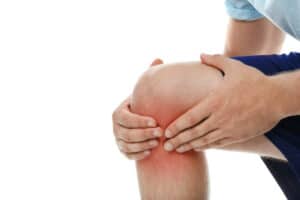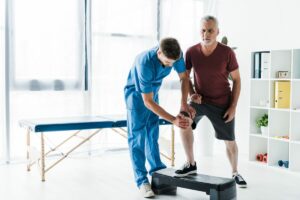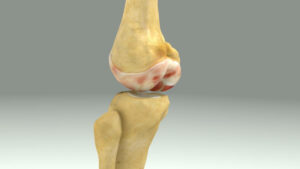Free download: Top 10 Natural & Easy Remedies for Joint Pain from Home. Learn these helpful remedies.
Estimated Reading Time: 5 minutes read
Your knees are more than just simple joints. They are complex systems allowing you to walk, run, squat, and make a myriad of other movements. An essential player in this system is the patella, or kneecap, which glides along a groove in your thighbone. However, when the patella doesn’t track along this groove correctly, it can lead to a condition called Patellar Tracking Disorder.
Patellar Tracking Disorder can significantly impact your mobility and quality of life, causing discomfort and challenging everyday activities. But there’s good news. This disorder can often be managed effectively with specific exercises designed to strengthen the muscles around the knee, particularly the quadriceps. Before we dive into these exercises, let’s understand the causes and symptoms of this common knee problem.
Table of Contents
The Causes of Patellar Tracking Disorder
Patellar Tracking Disorder can stem from various factors, each of which may contribute to the condition’s development:
- Repetitive Strain: Frequent twisting movements that put stress on the knee joint can lead to the disorder.
- Physical Impact: An abrupt blow to the knee, causing the kneecap to be pushed to the outer or inner side of the leg, can contribute to the onset of this condition.
- Tendon, Ligament, or Muscle Condition: Whether the tendons, ligaments, or muscles in the leg are unusually tight or loose, they can disrupt the balance needed for the smooth functioning of the knee.
- Weak Thigh Muscles: These muscles play a critical role in knee stability. If they are weak, it can cause the patella to deviate from its course.
- Alignment Issues: Inherent problems with knee joint alignment can predispose an individual to Patellar Tracking Disorder, causing the patella to shift out of place during movement.
Identifying these causes aids significantly in managing and mitigating this knee issue. Now, let’s discuss the symptoms that accompany this disorder.
Recognizing the Symptoms of Patellar Tracking Disorder
Identifying the symptoms of patellar tracking disorder can lead to early intervention and management. The most common symptoms include:
- Persistent Knee Pain: This discomfort is especially noticeable when sitting for extended periods, walking downstairs, or partaking in activities that involve knee bending.
- Unstable Feeling: A feeling that your knee is unable to hold your weight or is prone to giving out can be a clear sign.
- Kneecap Displacement: Experiencing a sensation that your kneecap is shifting out of place is a common symptom.
- Audible or Tactile Sensations: Distinctive popping sounds or grinding feelings in your knee when moving indicate patellar tracking disorder.
Recognizing these symptoms provides a roadmap to effectively addressing the disorder.
Benefits of Exercises for Patellar Tracking Disorder
Consistent exercise has proven benefits for managing patellar tracking disorder. Here’s why:
- Strengthening: Exercises can help strengthen the muscles around the knee, particularly the quadriceps, aiding in better kneecap control.
- Alignment: Regular exercise helps improve the alignment and tracking of the kneecap.
- Pain Reduction: Exercise, especially low-impact activities, can significantly reduce knee pain over time.
The Five Essential Exercises for Managing Patellar Tracking Disorder
Here are the key exercises to help correct patellar tracking disorder. Remember to perform each exercise as instructed by a healthcare professional to prevent further injury:
1. Full Leg Lifts
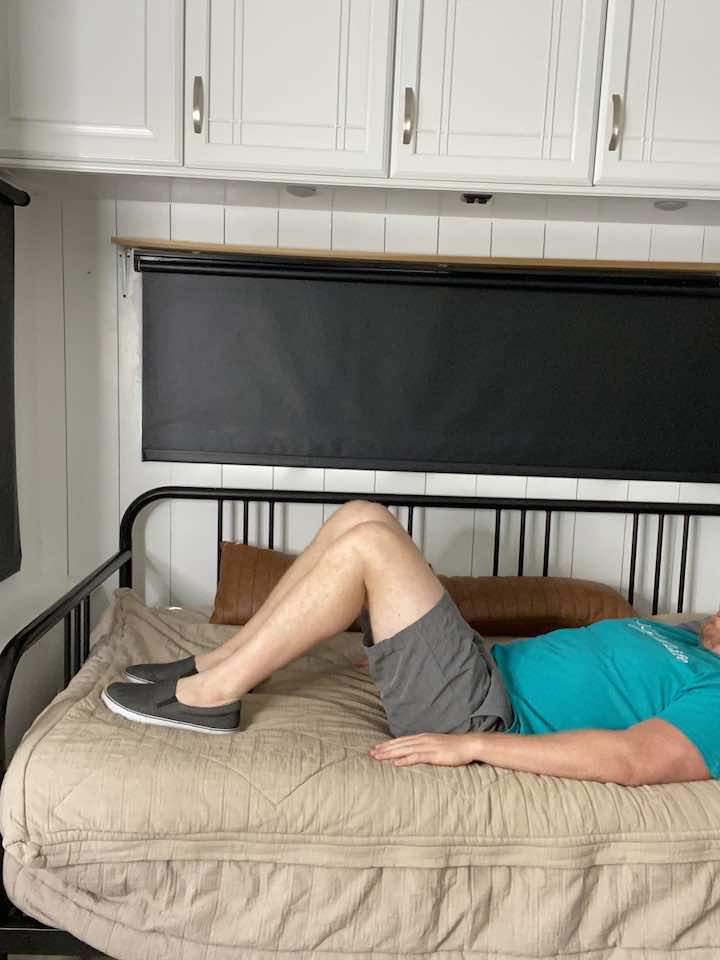
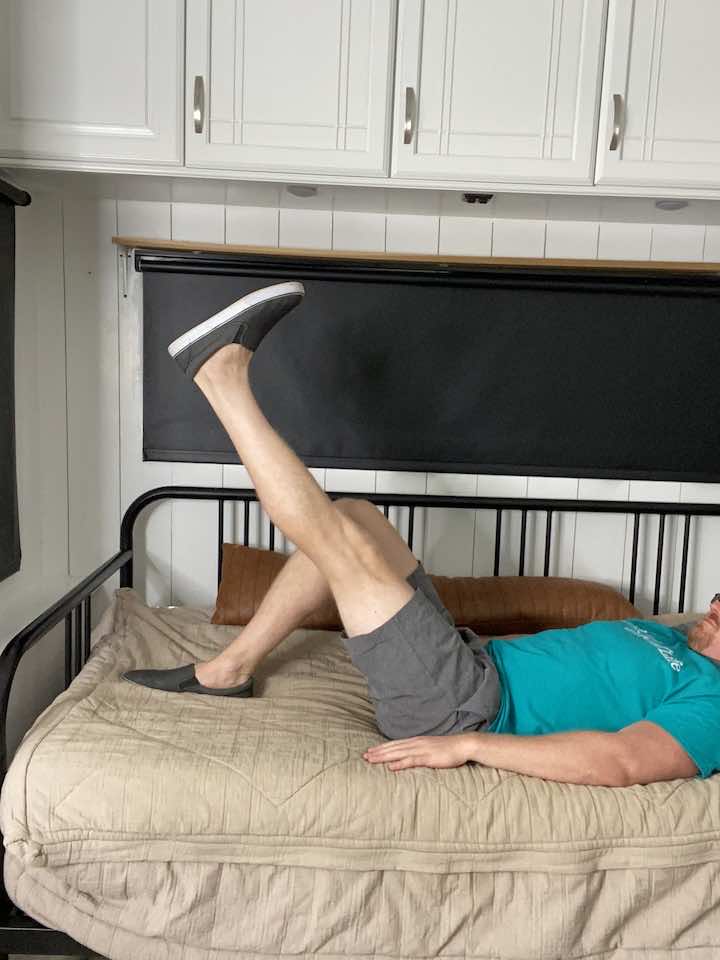
- Lie on your back with one leg bent and the other leg straight and together.
- Lift your straight leg up towards the ceiling, raising your buttocks off the floor.
- Slowly lower your leg back down, stopping just above the floor. Hold for 5 seconds briefly.
- Repeat the movement for 10 repetitions and 3 sets.
2. Wall Squats

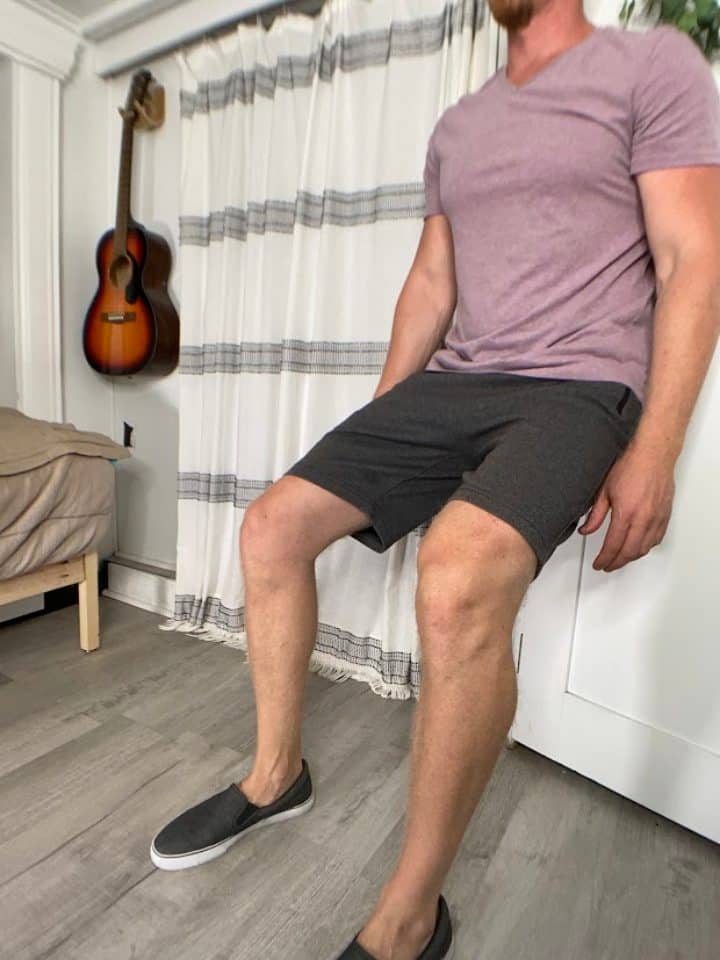
- Stand with your back against a wall and the feet slightly in front of you, leaning against the wall.
- Slowly bend the knees and slide down the wall into a squat.
- Make sure your knees don’t go past the toes and are in line with the ankles.
- Avoid squatting deeper than a 90 degree angle at the knees.
- Hold for 2 seconds.
- Push yourself back up to your starting position.
- Repeat 10 repetitions for 23sets.
3. Long Arc Quad
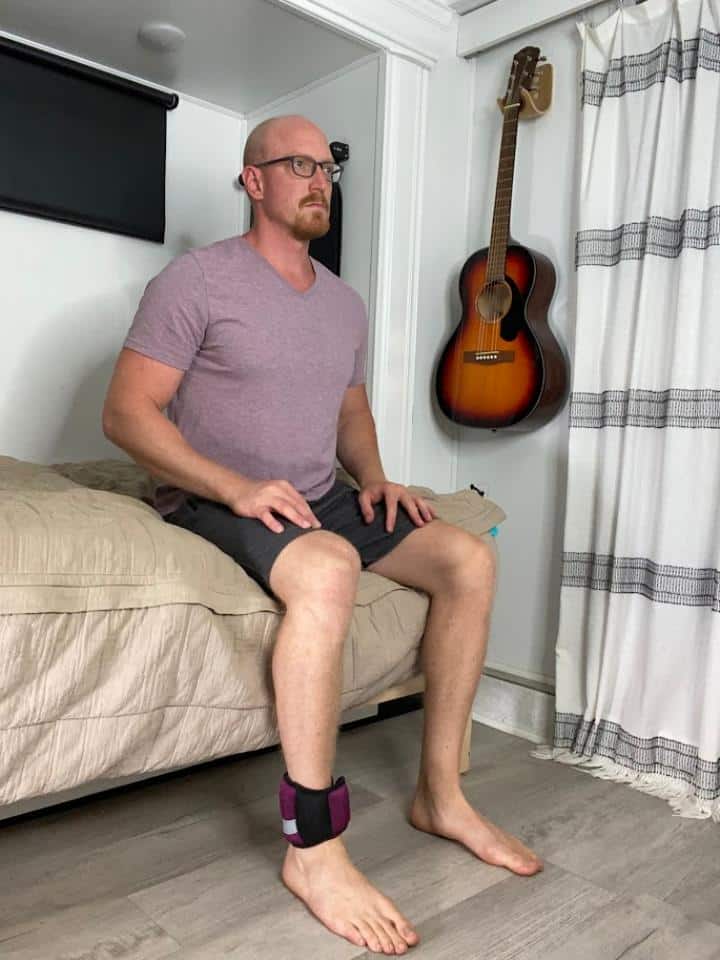
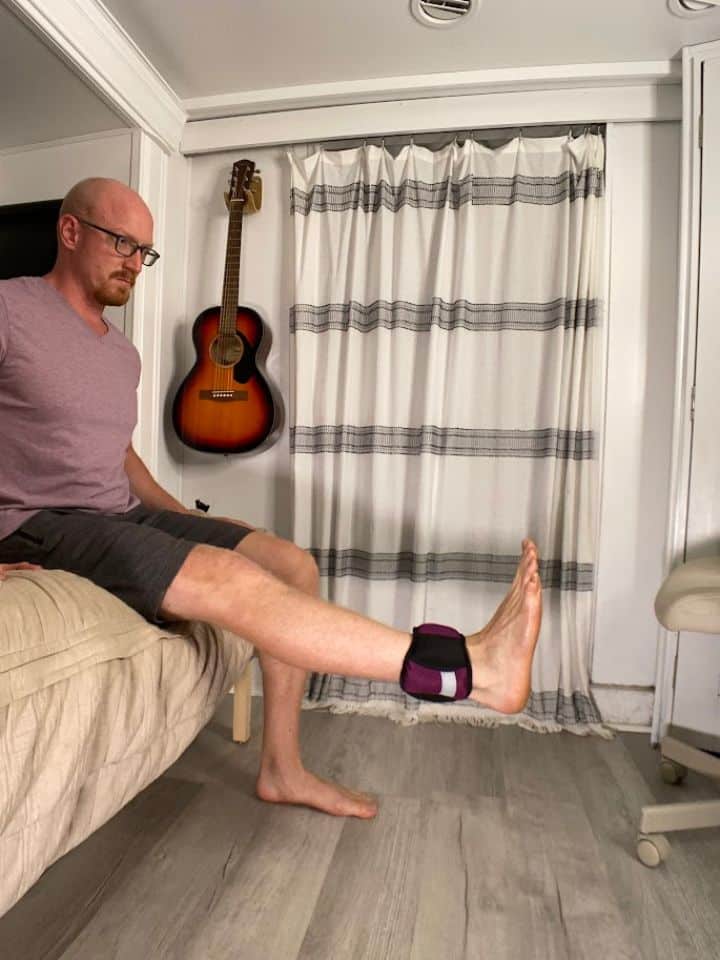
- You can perform this at home using an ankle weight (2-5#, as tolerated) or a resistance band tied around the ankles (light, medium, or heavy resistance).
- Begin seated in a chair with the feet flat on the floor.
- Kick the foot up off the floor and allow the knee to fully straighten.
- Hold for 2 seconds, then slowly return to your starting position
- Repeat 10 repetitions for 3 sets.
- Perform on the opposite leg for even symmetry.
4. Quad Sets
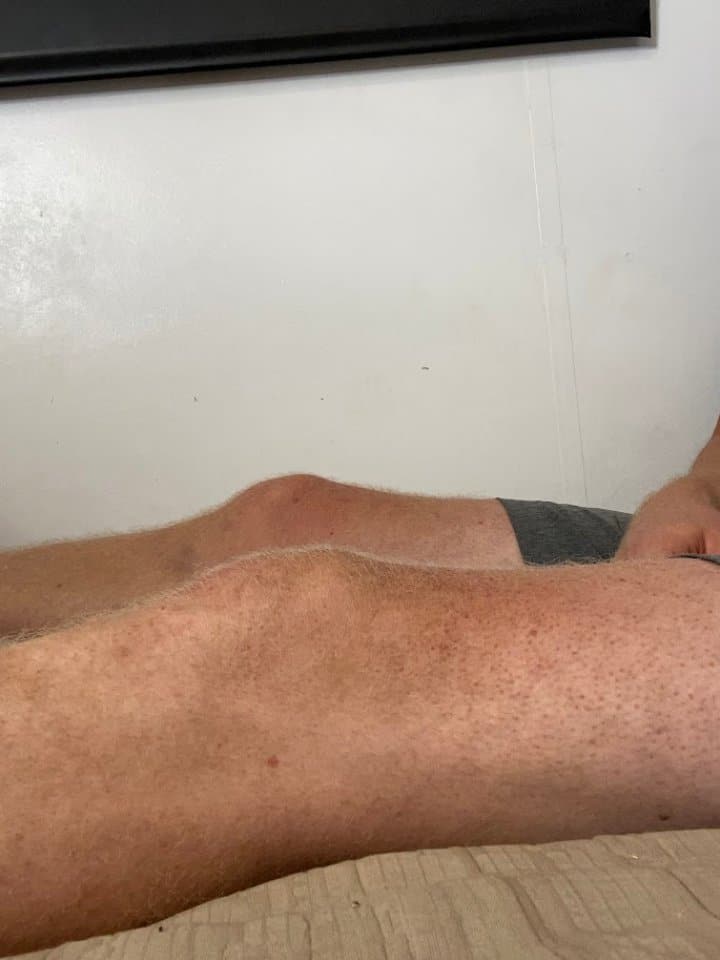
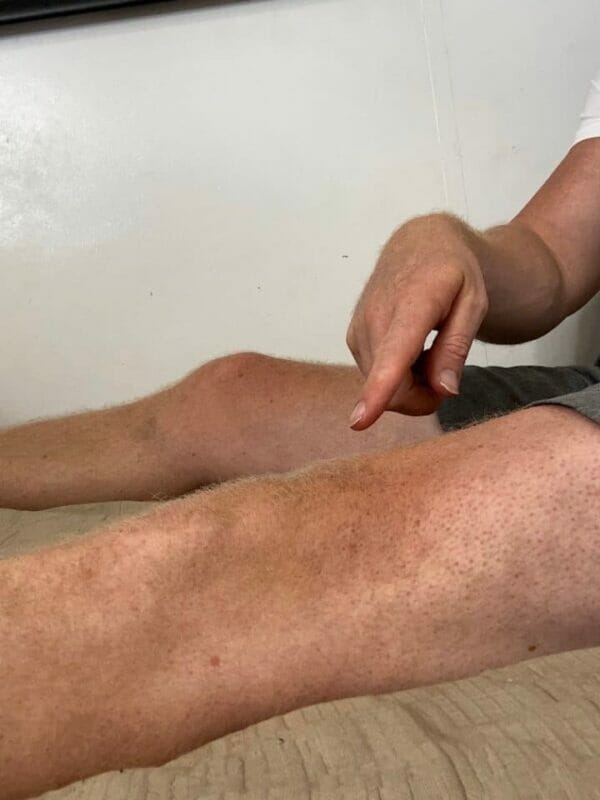
- Starting position: Seated with the injured leg stretched in front of you (can be on the floor, couch, or bed).
- Squeeze the quadriceps (the muscles on the top of the thigh) and try to press the back of the injured knee down toward the surface.
- Hold for 5 seconds, then relax.
- Repeat 10 repetitions for 3 sets.
5. Bridges
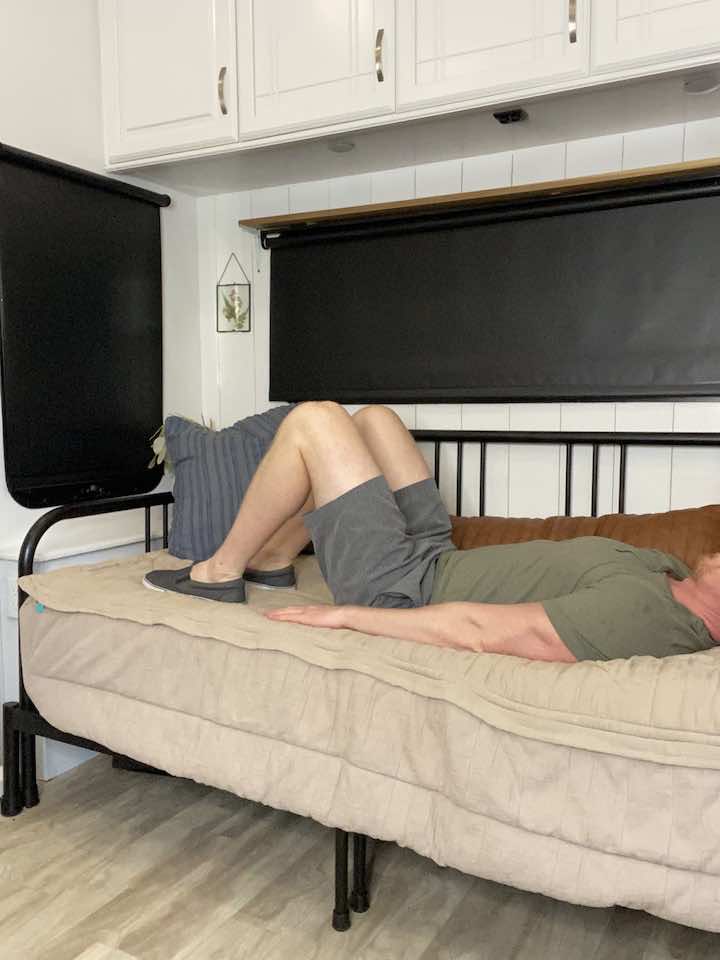
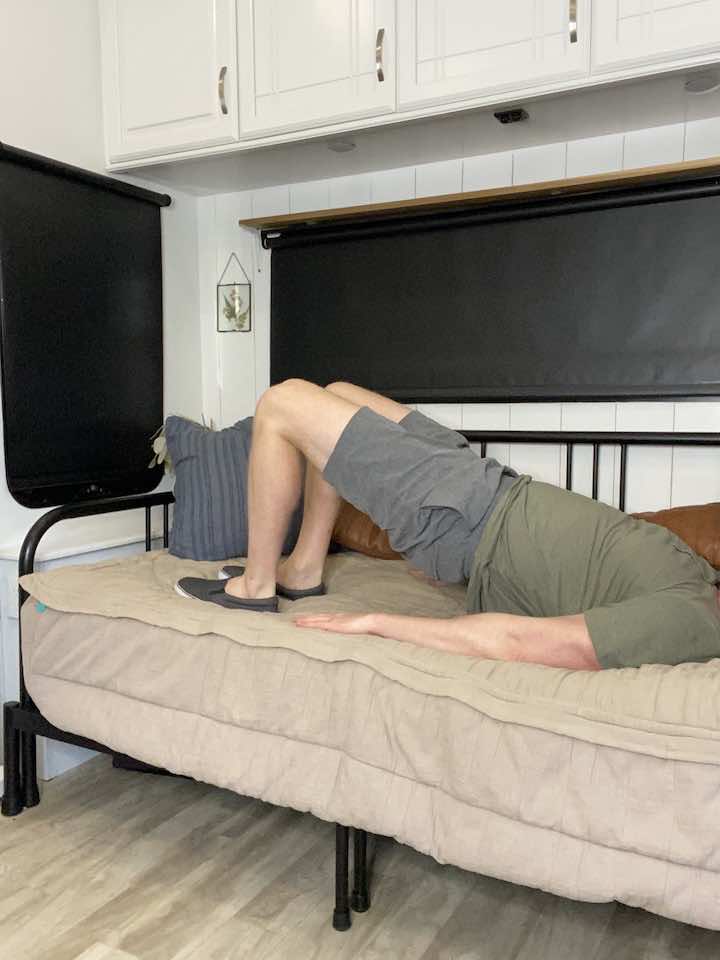
- Lie on your bed or floor (a bed is better if you have difficulty getting on the floor). Again, ensure your knees are bent at about 90 degrees and your feet are flat on the floor.
- Lift your hips off the ground, using your hands to help push your hips up if needed.
- Slowly lower your hips to the bed or floor and repeat 10 repetitions for 3 sets.
Regular exercise, rest, and physical therapy can be a game-changer in managing patellar tracking disorder. Everyone’s body is different, and results will vary, so always consult a healthcare professional before starting any new exercise regimen. Happy exercising!







